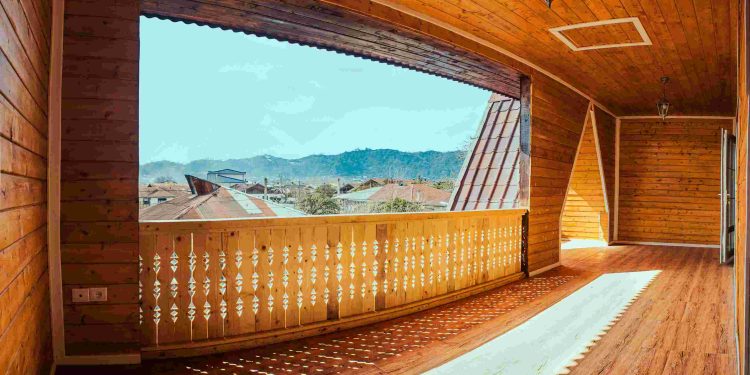Flawless Design for Modern Living
What if the spaces we inhabit could redefine our lives?
In an era where time is scarce and technology evolves at lightning speed, the homes and environments we create are far more than just physical shelters—they’re the crucibles of thought, emotion, and aspiration. The foundation of modern living lies not in accumulating flashy features but in fostering harmony and beauty through design.

Personal Reflections: Designing From Within
Several years ago, I faced the task of redesigning my living space. Staring at the blank walls of my newly acquired apartment, I felt a profound sense of disconnection. Everything about the environment clashed with the vision of serenity I held for my life. The light fixtures seemed harsh, the layout was chaotic, and the furniture lacked purpose.
As I began the transformation process, I realized that design isn’t a superficial endeavor—it’s deeply personal. The choices I made, from color schemes inspired by Zen principles to minimalist furniture reflecting values of intentionality, emerged from a desire for balance. Slowly, my space became a source of energy rather than exhaustion.
Rethinking Traditional Design Wisdom
The design industry often dictates trends that may not align with individual needs. Bold patterns, eclectic styles, or smart devices are pushed as essential upgrades, but what works in one magazine shoot often fails to bring value to real living environments. Instead, flawless design begins by challenging these norms.
Why should we blindly adhere to industry trends? What’s more sustainable and impactful is the cultivation of design principles that prioritize authenticity, functionality, and timelessness. Flawless design challenges us to strip away the unnecessary to focus on what truly elevates everyday life.
Interdisciplinary Insights: Philosophy, Psychology, and Technology
Flawless design benefits from the intersection of diverse fields. Philosophically, minimalism highlights the profound richness found in simplicity. Psychologically, studies show that organized, harmonious spaces reduce stress and improve cognitive focus. Technologically, advancements like IoT-enabled smart homes enhance functionality without sacrificing aesthetic appeal.
For example, Aristotle’s principle of
eudaimonia
—living in alignment with your best self—can inform interior design. When applied practically, this means selecting home elements that foster creativity, social interaction, and self-reflection. Similarly, incorporating ergonomics into furniture design ensures both physical comfort and aesthetic elegance.
Future Trends: Where Design Meets Innovation
The future of design will be marked by synergy between sustainability and technology. Green architecture, modular furniture, and recycled materials are shaping the way we think about eco-friendly living. The integration of AI into design processes allows homes to be adaptable, customizing lighting and temperature to suit personal preferences.
Additionally, biophilic design—incorporating natural elements into indoor spaces—is set to grow as societies prioritize mental health and environmental connection. Moving forward, flawless design will no longer be confined to aesthetics; it will serve as a tool for enhancing quality of life holistically.
Practical Guide: Steps to Achieving Flawless Design
-
Define Purpose:
Begin by identifying how the space will enhance your life. Is it for relaxation, productivity, or socializing? -
Embrace Minimalism:
Remove clutter and focus on high-quality essentials that elevate both function and form. -
Prioritize Natural Light:
Optimize windows, mirrors, and lighting to create an inviting ambiance. -
Incorporate Personal Touch:
Include elements that reflect your personality, such as artwork, heirlooms, or handmade pieces. -
Think Green:
Utilize sustainable materials, plants, and energy-efficient technology. -
Balance:
Combine symmetry, proportionality, and harmony to ensure visual equilibrium.
Q&A on Flawless Design for Modern Living
- What defines flawless design?
- Flawless design emphasizes a seamless blend of aesthetics, functionality, and personal relevance while challenging traditional norms.
- Is minimalism necessary for flawless design?
- While minimalism helps focus on essentials, flawless design is more about intentionality and authenticity than eliminating possessions.
- How does design influence mental well-being?
- Calm, organized spaces improve mood and reduce stress, whereas chaotic environments can detract from mental clarity.
- Can technology distract from flawless design?
- Technology, if carefully chosen and thoughtfully integrated, enhances functionality without compromising aesthetics.
Conclusion: The Modern Soul of Flawless Design
Flawless design for modern living isn’t simply about creating visually appealing spaces; it’s about crafting environments that resonate with our deepest aspirations and needs. By questioning standard norms, embracing cross-disciplinary insights, and focusing on sustainability, we pave the way for homes that nurture growth and joy.
Above all, flawless design is an evolving pursuit. It invites us to continuously refine our choices, adapt to new possibilities, and learn from both successes and setbacks. As we move forward, let us not merely design spaces—we must design lives worth thriving in.





















